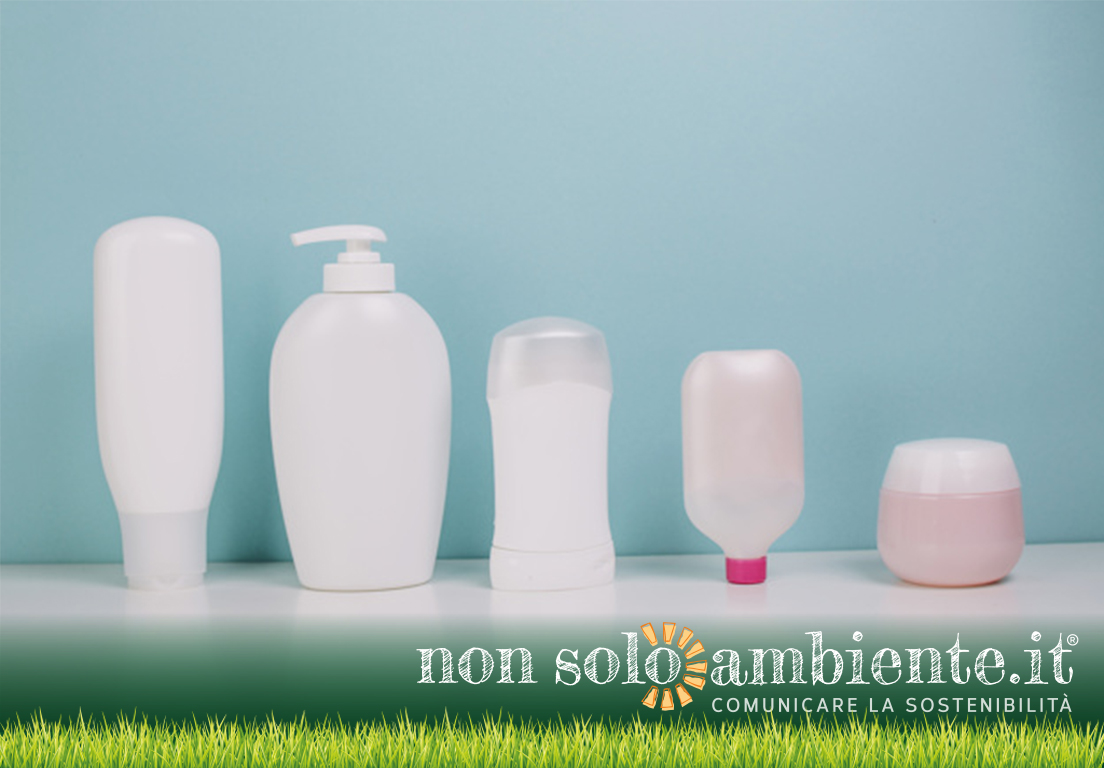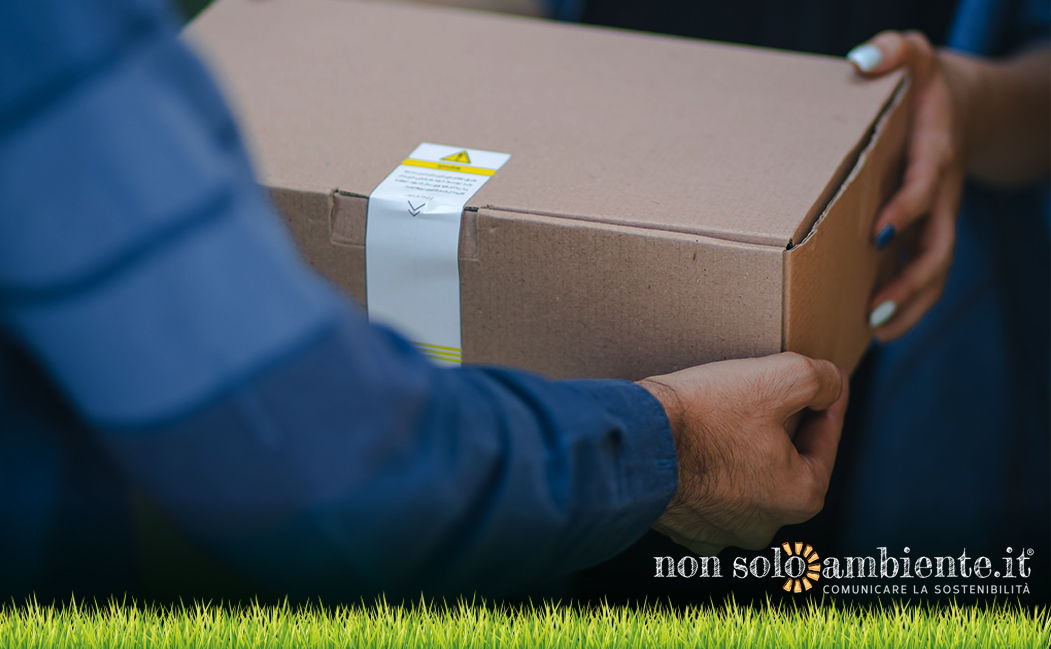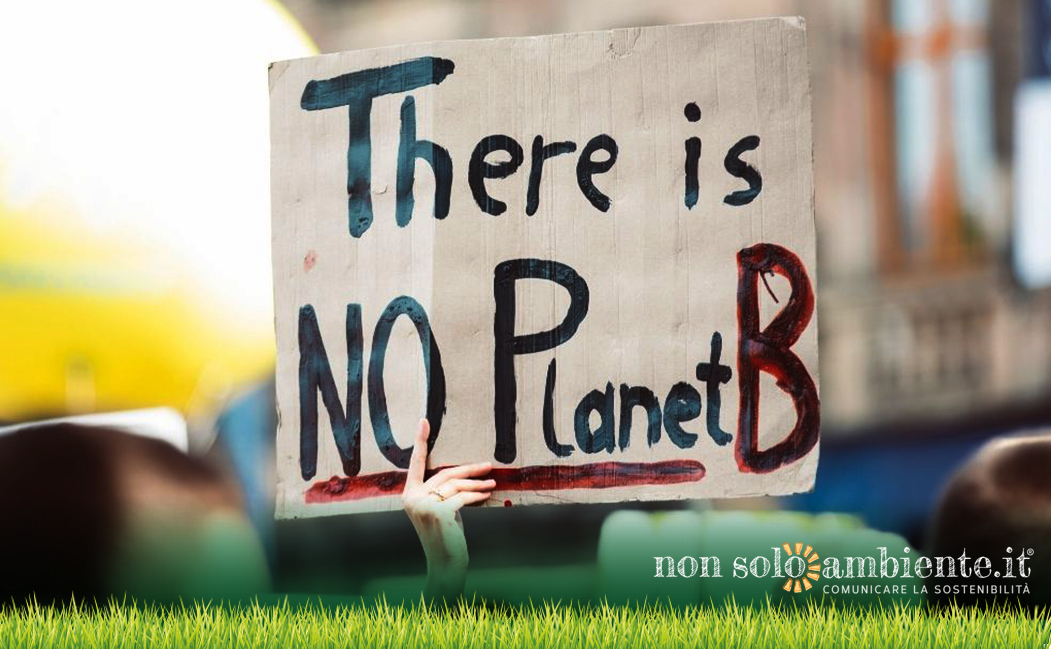
Ultime Notizie

ECHA - the European Chemical Agency - has been asked by EU Commission to propose a restriction proposal concerning the use of microplastics in many fields, and also in cosmetic products. On May 21st and 22nd, in Helsinki, the restriction proposal and the use of microplastics have been discussed.
What are microplastics?
Since their appearance in cosmetics 50 years ago, microplastics have become widespread in cosmetic and personal care formulations. Microplastics are employed in products we make use of every day, such as detergents (to encapsulate the fragrance), fabric softeners (to make a nice scent to last for a longer time), ink and printing applications (such as binders and pigment extenders), cosmetic products, medicines and food complements to hide the bad taste of active substances and many other applications of them.
What are microplastics? In simple terms, we can define microplastics as material consisting of solid polymer containing particles, to which additives or other substances may have been added*.
Because of their size, they are too small to be filtered out of wastewater systems, and this is the reason why huge quantities end up in water resources - consequently contributing to the aquatic lives’ pollution. Tons of online articles and academic papers acknowledge the threat of microplastics and microbeads (microplastics used as scrub agents), because of their main characteristic: they are not biodegradable.
As already stated, microbeads in cosmetics have been under the spotlight and brought to the attention of the public a few years ago; this is the starting point for studies which try to find out sustainable alternatives to microbeads and microplastics in general.
During the conference in Helsinki on May 21st and 22nd, Sandrine Lefebre-Brevart, of ECHA - European Chemical Agency - reported that “many of the substances of microplastics had the same issues of the microbeads - solid particle polymers. Unfortunately, microplastics are more and more used in many consumers and professional products, because of their easy functionality”.
In order to properly create a restriction proposal towards microplastics, the ECHA heavily conducted a market survey, in which NGOs, stakeholders and consumer associations had been invited to provide information and subsequently discussing microplastics’ implications. More than 5,000 stakeholders have been interviewed.
How ECHA’s restriction proposal works
As seen, microplastics are more and more spread in the environment and these materials are so tiny that they can permeate the soil or water. Mistaken for food by aquatic living organisms, microplastics are unavoidably ingested by them. This means that microplastics are capable to pass from one living being to another one in the food chain - including humans.
Once microplastics are spread in the atmosphere, they do not degrade and, moreover, they might fragment in smaller pieces. To make things worse, these micro fragments cannot be removed, because of their minute size. For this reason, the ECHA presented a restriction proposal against the raising use of microplastics. ECHA’s restriction proposal suggests five points:
- First of all, it proposes to determine what microplastics are, as there is not a harmonised definition of them in the literature;
- prohibition to place on the market any product which contains microplastics;
- derogations might be granted, for instance, if and when products are regulated and protected as “biohazard” (e.g. industrial uses);
- improving restriction for uses of microplastics, to minimise their presence in the environment;
- reporting requirements, in order to have a better understanding of the long term if the proposed restriction is working - and if in the future, any further actions may be necessary.
The restriction proposal also includes a “phased implementation”, to let people use fewer and fewer microplastics and to develop alternatives as soon as possible - “bearing in mind that the more we wait, the more microplastics will be released in the environment” states Sandrine Lefebre-Brevart. “One step forward might be working on polymers’ biodegradability”.
Stakeholder engagement is highly important for the development of ECHA’s restriction proposal. Indeed, as Sandrine Lefebre-Brevart announced, stakeholders can provide comments on any aspect of the restriction proposal until September 20th, before the committees scrutinise the restriction proposal.
Innovations and alternatives are getting real
A lot of European companies and SMEs are already working on innovations and alternatives to microplastics. “Companies involved in the household and cosmetic sector are more and more showing their commitment to the environment, working on alternatives to microplastics” states Sandrine Lefebre-Brevart. Companies publicly claim that by 2020 they will remove their microplastics on rinse offs, which will be replaced by a biodegradable version. A various number of enterprises also affirm that they will get rid of microplastics encapsulation in detergents.
“We can see concrete things happening”, Sandrine affirms, “we’re not talking here about science fiction, but about things that are getting real”. Papers and patents are publicly available on the internet; for instance, we can read patents about alternatives to encapsulate pesticides in the agricultural field and researches about new raw materials that are available for different types of cosmetics, or that can be used as opacifiers.
For instance, Roelmi HPC - an Italian SME - has developed a technological texturizer dedicated to leave-on applications with multiple functions (formula touch & stability, soft focus & sebum control, booster of UV filters, fragrances delivery and actives protection), called Celus-Bi® Feel. This innovative and performing ingredient constitutes a replacement to plastic microbeads in a sustainable way.
As take-home message, Sandrine Lefebre-Brevart stated: “the microplastics issue is huge but is there, and we also recognise that the restriction proposal is wide-ranging and ambitious; it has far-reaching consequences, but we believe that innovation and sustainable substitution are built into the restriction proposal and appear to be possible.”
The ECHA conference is online, you can watch the full conference at the following link.
*According to Roelmi HPC, microplastics consist in materials where ≥ 1% w/w of particles have (i) all dimensions 1nm ≤ x ≤ 5mm, or (ii), for fibres, a length of 3nm ≤ x ≤ 15mm and length to diameter ratio of >3.
Tags:
Potrebbero interessarti ...
Snam’s commitment to sustainability at Dubai Expo 2020
13 Ottobre 2021No more chocolate by 2050 because of extreme droughts effects
22 Settembre 2021How much CO₂ do urban forests absorb?
15 Settembre 2021Iscriviti alla nostra Newsletter!
Sei un sostenitore dell'ambiente in tutte le sue forme? Allora sei nel posto giusto!
Iscriviti subito!




